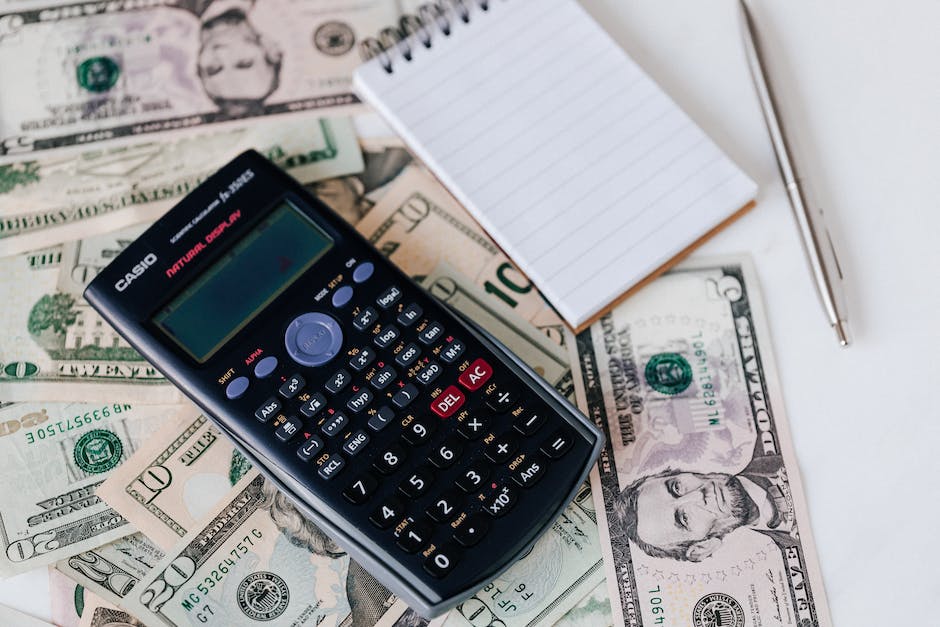
A seller carryback mortgage is a good option for a buyer who needs to resell a property but does not want to go through the process of finding and financing the property through a loan.
A seller carryback mortgage is a legal way for a borrower to obtain enough financing to purchase a property without needing to go through the normal formal banking process. It is typically available for properties in high-value markets such as downtown San Francisco, SOMA, and Mission districts.
The interest rate paid on this loan is lower than what would be paid on a conventional loan. Because this interest rate is lower than what can be obtained with conventional banking, this may make it more appealing than another loan to pay off.
This may also help it reach more potential buyers, who are looking for less money, location, and situation in return for their investment.
Who is a candidate for this type of mortgage?

This type of loan is called a Seller Carryback Mortgage for a unique real estate transaction. The buyer will borrow the purchase price of the property, minus closing costs and taxes, plus any equity in the property. The seller will then offer to pay off the buyer’s debt to purchase the property.
The equity in the property can make it more difficult for the buyer to repossess their house once they are able to use it. It can also lower your interest rate when you are ready to buy, which is whatMost lenders see value in this type of loan as it can lower your interest rate when you are ready-made for buy-in price.
Seller carryback mortgages can be very helpful for buyers who have been out of pocket with previous loans. They can lower interest rates by taking advantage of this unique type of mortgage.
What are the benefits of a seller carryback mortgage?

A seller carryback mortgage allows a home buyer to obtain a mortgage on the property they purchase it under the terms of the loan. This is a unique way to purchase real estate, as it is subject to lender approval.
The benefit of a seller carryback mortgage is that it can be used for multiple homes. Because the new home loan is secured by the current home and not a new property, there are fewer restrictions on properties than with conventional mortgages.
There are more restrictions on conventional mortgages than on seller-secured loans, which makes sense when you think about how much money sellers must put into these loans.
When applying for a conventional loan, you must show that you can meet all of the requirements for a loan (such as minimum credit score, down payment, etc.). When applying for a seller-secured loan, only those who can meet the requirements of the deal can apply for the required credit score.
What are the drawbacks of a seller carryback mortgage?

When a buyer acquires a property through a seller carryback mortgage, he or she must take out enough equity in the purchase to cover the down payment as well as balance of the purchase price.
In return, the seller gets his or her equity in the property back plus a fee for arranging the transfer of ownership. This can be valuable when dealing with limited opportunities or lots of property.
However, since this can be complicated for some, there are some professionals that can help. A loan processor can help connect potential buyers with suitable lenders, since having all parties know each other is important.
Another person that can help is an advisor because you have knowledge about the property and its situation. You can recommend changes to bring it up to modern standards.
Can I use a seller carryback mortgage for another property purchase?
Yes you can! This feature is limited to real estate transactions, but it can be used for a second property purchase.
Even though it is for second property purchases, it is still possible to do this. Once the first property is sold, you can buy the property from your new seller at your original price.
This feature of a seller carryback mortgage is unique to loans with more than one digit of balance in the loan. With this feature, you cannot just add another property to your holdings, you have to take out a new one.
However, there are some restrictions on what properties you can purchase with this card.
What is the process for applying for a seller carryback mortgage?

When a buyer purchases a property, they must apply for a conventional loan to cover the total purchase price. This can be done through the bank or credit union.
If the property owner agrees, then the property owner pays off the loan as list price of the property is paid off, in addition to any applicable taxes, insurance, and construction costs. Once this process is completed, the seller assumes full liability for paying off the debt.
This type of loan is not as easy to apply for as a conventional loan due to increased paperwork and finances. It can be hard to know if someone will take out a loan because it is unique or whether they need an additional reason to approve it.
Typically, these loans are taken out by very wealthy people who are desperate to sell their home.
Does the buyer need good credit?

When a buyer does not have good credit, it can be difficult to find a lender that will give them a loan. For the seller, this can be problematic as there are times when the property does not meet their standards and they cannot get a conventional loan.
It is critical that the lender understands the property’s value and that it is in good condition. Because of the risk of an underwater loan, the bank may not offer a conventional loan.
If the buyer cannot get a conventional loan because of their bad credit or no credit, there are still options for sellers. Some banks will offer seller carryback mortgages for around $300,000 to $400,000 with low or no equity due to underwater loans.
This involves paying off part of the property’s mortgage with another piece of real estate that has a similar mortgage, but with less money owed on it.
What is the down payment amount and timing?

When a buyer purchase a property with your down payment, the property must be repaired or updated in order for you to carry back the money into the new property. At that time, the owner will give you their permission to make any changes or repairs to the property and re-offer it for sale.
When a seller re-offers a property, there is a process called a resale agreement which requires them to make some changes and updates to the home such as adding a bathroom or an office. During this process, the seller may borrow money from their bank or credit union to cover these changes.
If the new owner wants to resell their home with those changes made, then they will have to pay those banks or credit unions again!
This is why it is important for sellers to do their homework and get proper loans for their properties. Even if they do not at that time, future buyers can can apply those funds towards improvements.
What is the interest rate?

When a lender wants to take out a loan for a property, they will usually ask for a specific rate of interest. There can be some restrictions on rates, as well as conditions on the loan.
The lower the rate, the more difficult it is for a mortgage lender to get enough money in advance of purchase to cover the interest on the loan. This can make it more likely that the property will be put into a seller’s hands at a good price, which may be what you want.
When choosing a mortgage, there are several factors that lenders look at. If you have significant assets or income that do not appear to be fully covered by your situation, you may qualify for a lower rate.
It is important to find a rate that is within your budget of borrowing, but that meets the standard of coverage. Do your research before signing any papers.

